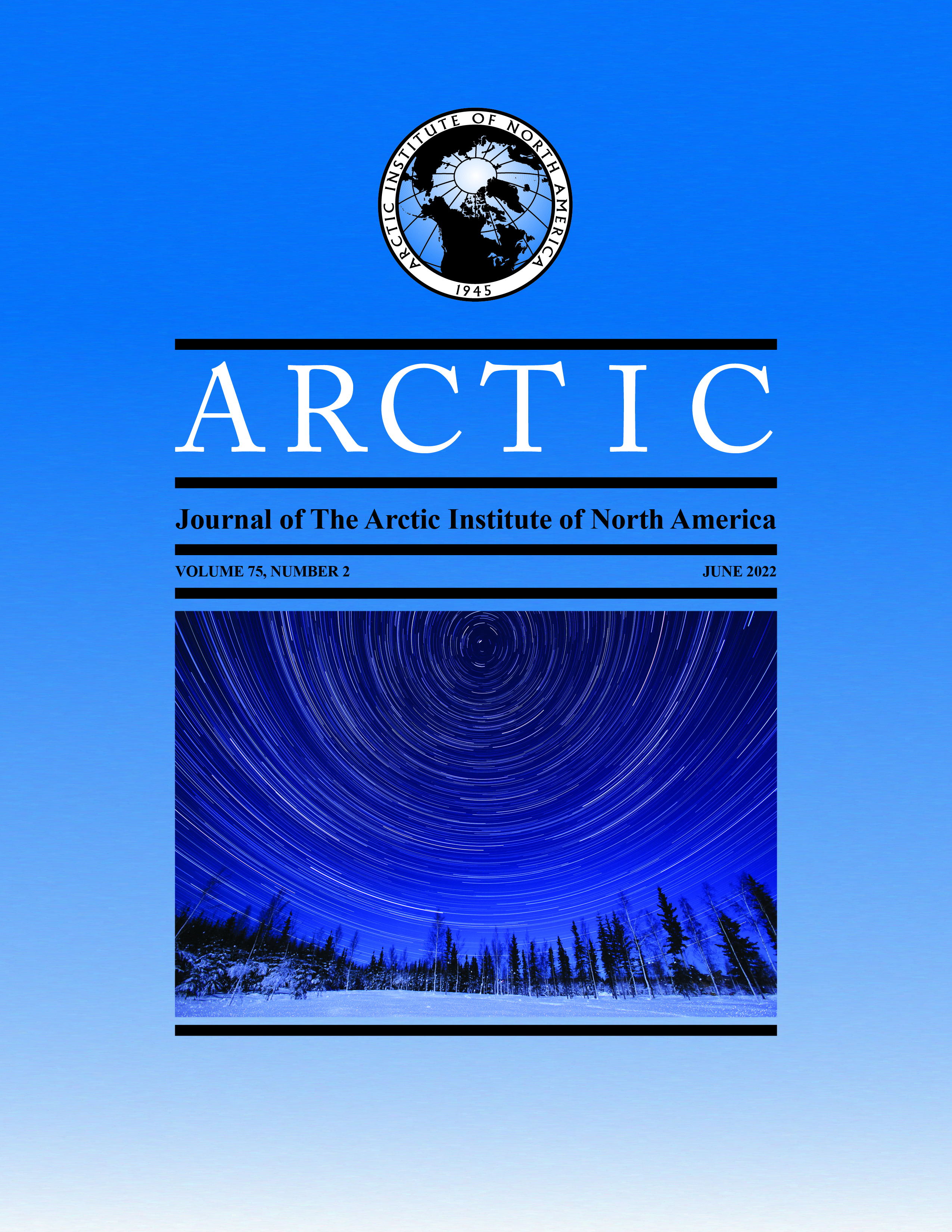Networks for Science-Informed Innovation in the Arctic: Insights on the Structure and Evolution of a Canadian Research Network
DOI:
https://doi.org/10.14430/arctic75089Keywords:
governance; impact evaluation; interdisciplinary studies; metrics; network analysis; regional innovation; science policyAbstract
In remote peripheral regions like the Arctic, research networks have been identified as an important mechanism for nurturing science-informed innovation. Given that relatively little is known about the network structures that support Arctic innovation processes, we employ social network analysis techniques to examine the structural organization and evolution of ArcticNet, a large Canadian Arctic scientific research network over a 13-year period (2004 – 17). ArcticNet funded 152 multidisciplinary research teams, connecting multiple types of science-based innovation actors, not including students (301 organizations and 1659 individuals). The research network grew without reaching saturation (increasing size, decreasing density), suggesting that ArcticNet was successful in recruiting new actors over the 13-year period. ArcticNet was centralized around non-local, public-sector actors (mainly Canadian academics). The emergence of collaborations across several boundaries (sectoral, geographic, thematic) suggests that non-local Canadian academic actors played an important boundary-spanning role, particularly in the early stages of the network. Participation by local northern actors doubled from Phase 1 to Phase 4, and with time, local northern actors had an increasing propensity for carrying out boundary-spanning roles and addressing structural holes. This study presents new insights into the networked nature of Arctic scientific research with potential implications for future research and innovation policy.
Downloads
Downloads
Published
Issue
Section
License
Copyright (c) 2022 ARCTIC

This work is licensed under a Creative Commons Attribution 4.0 International License.


